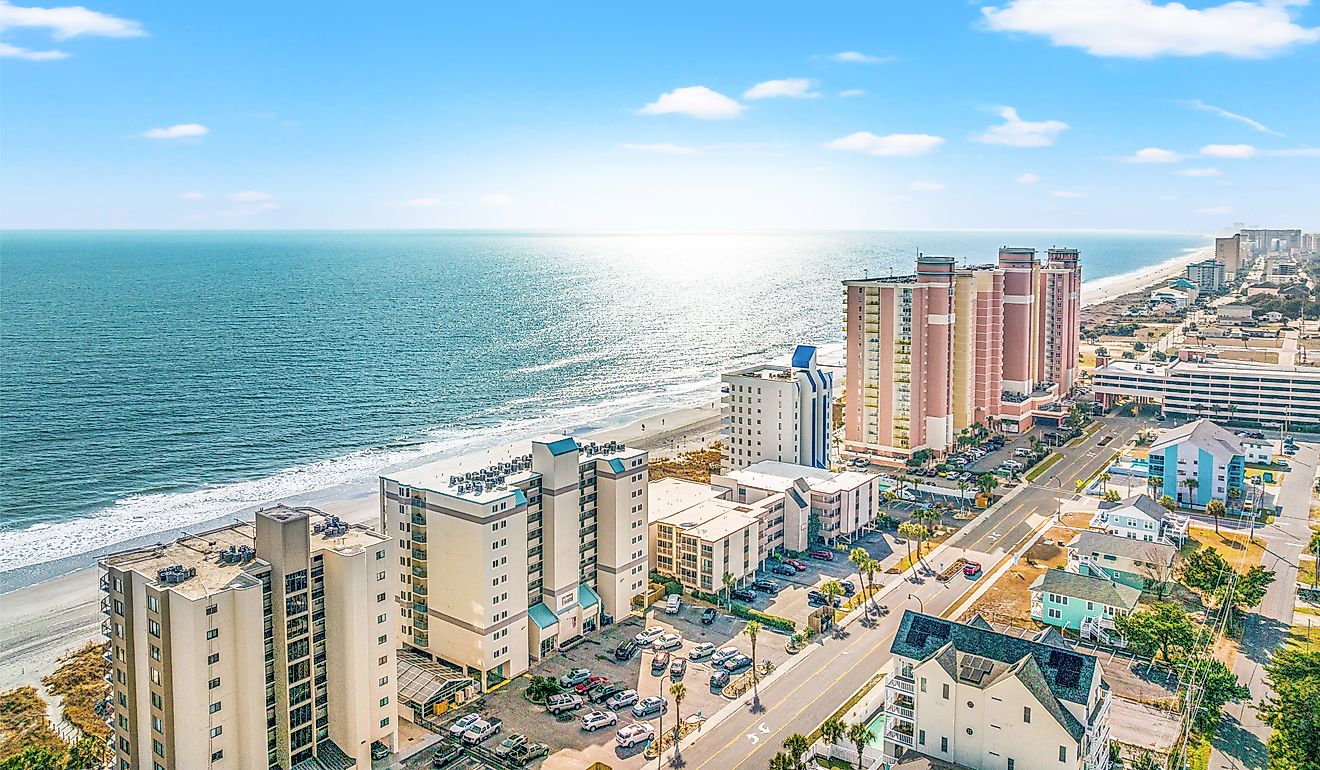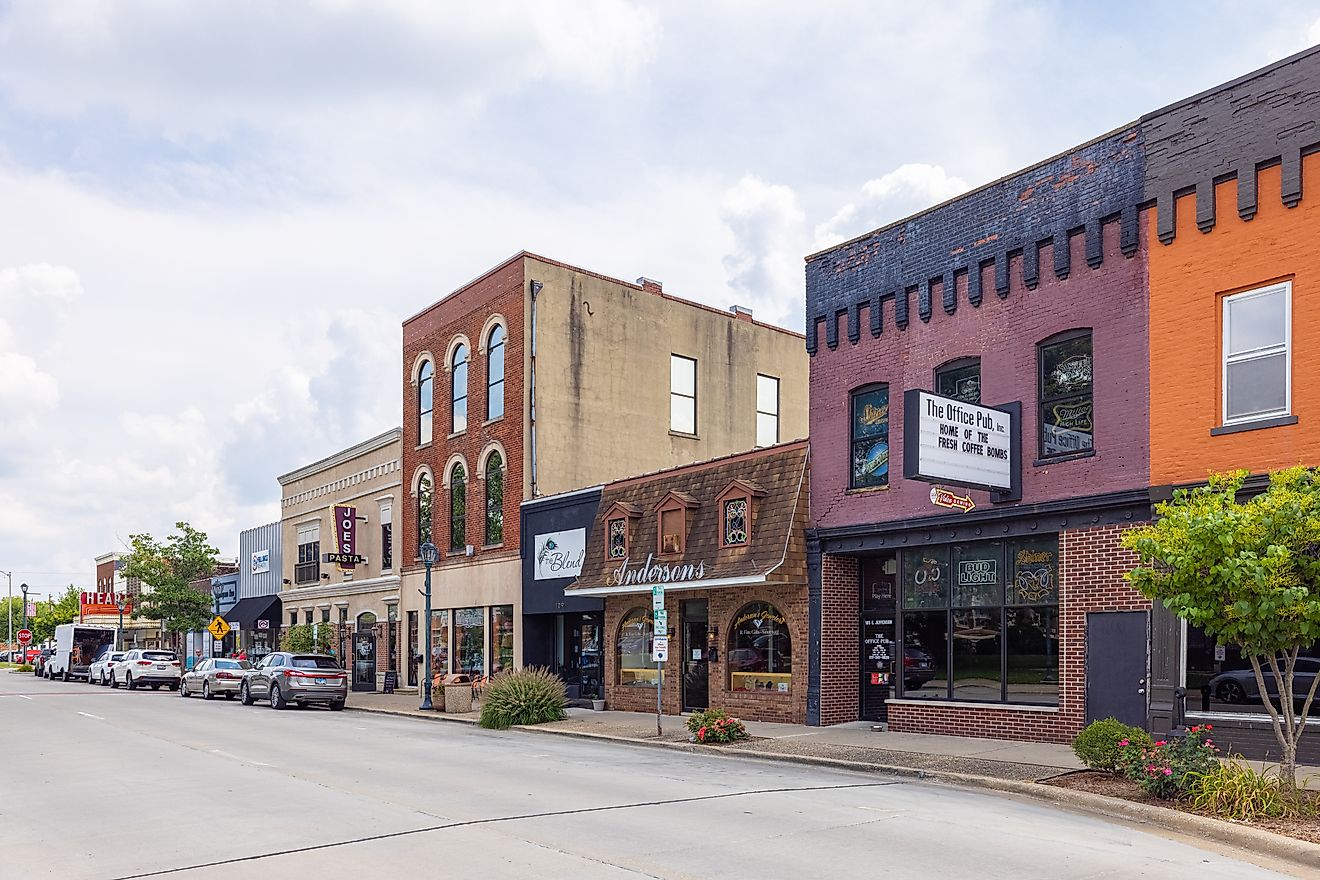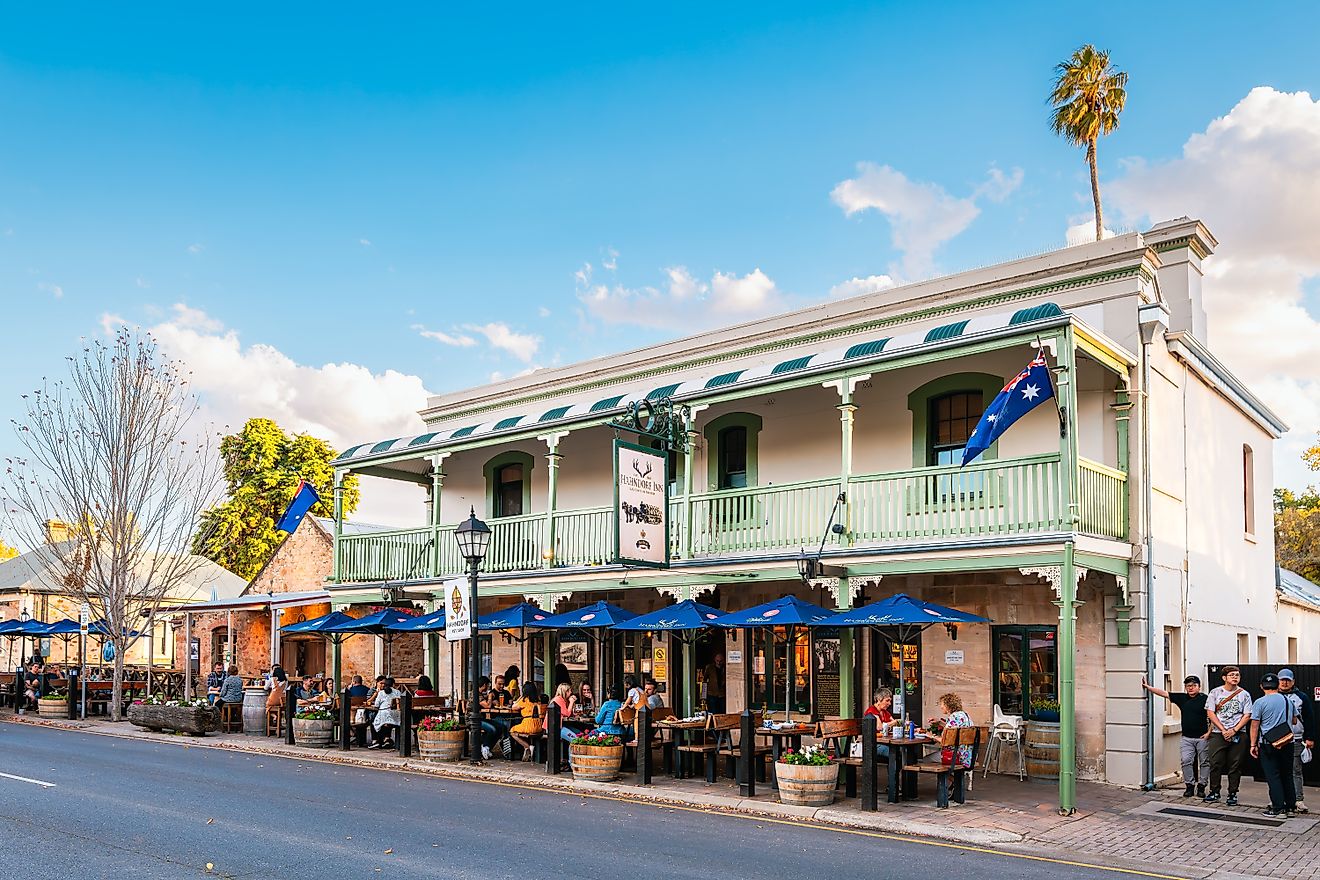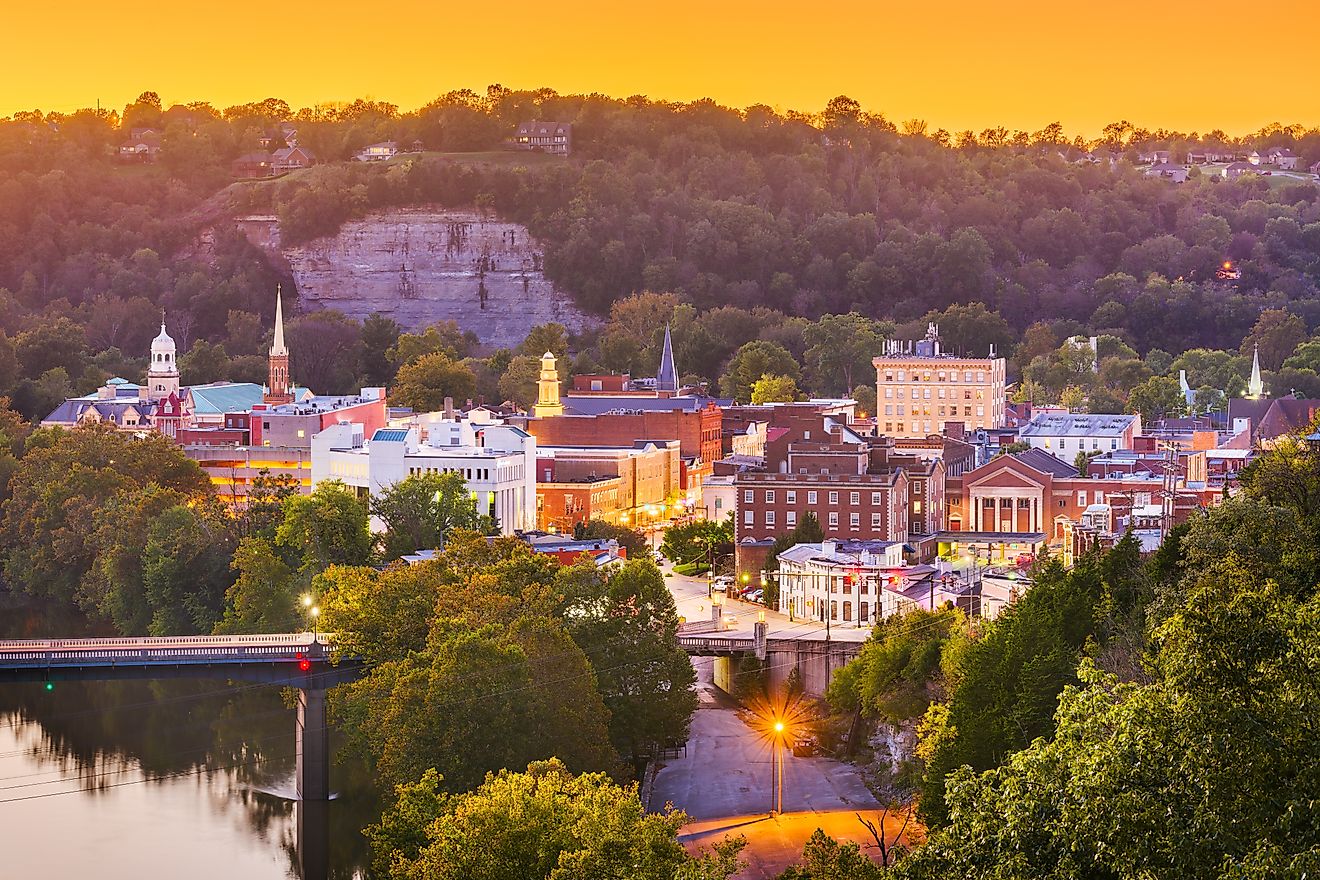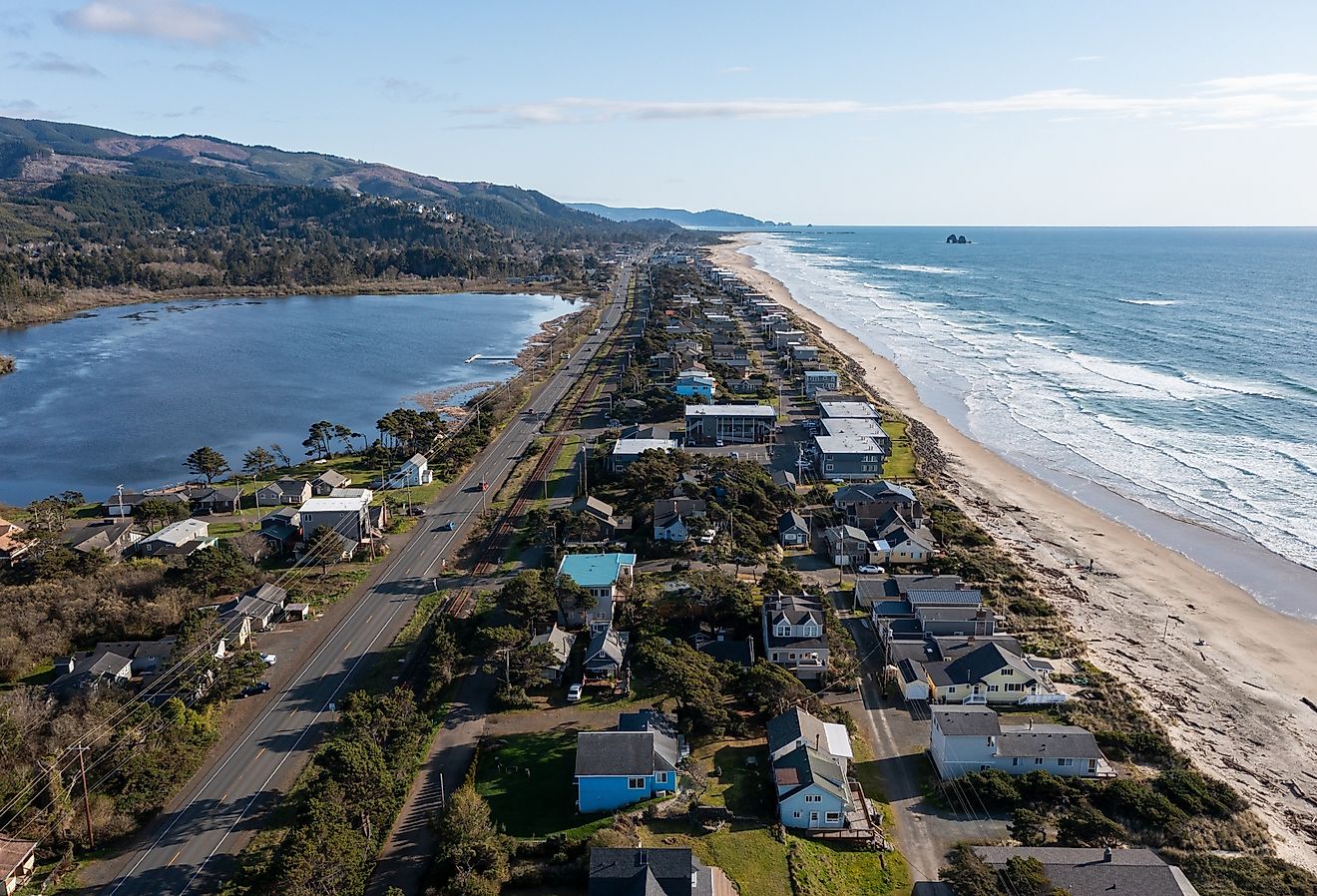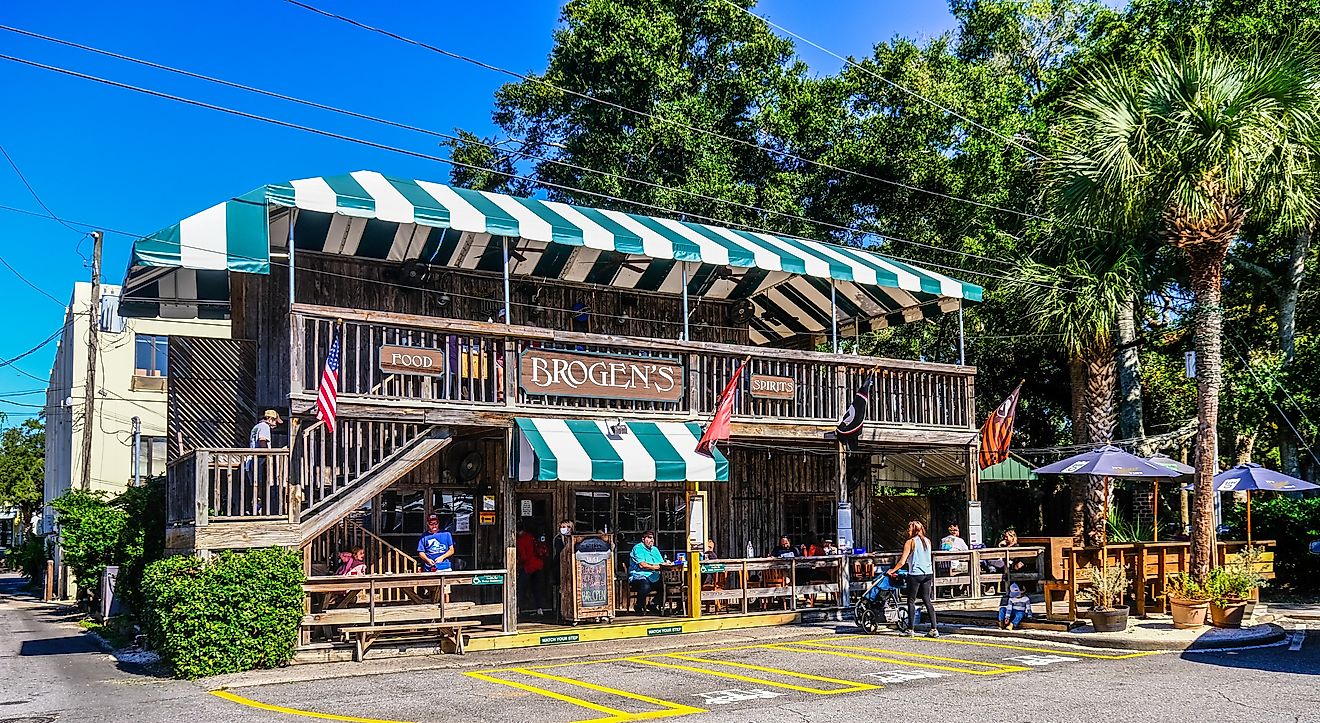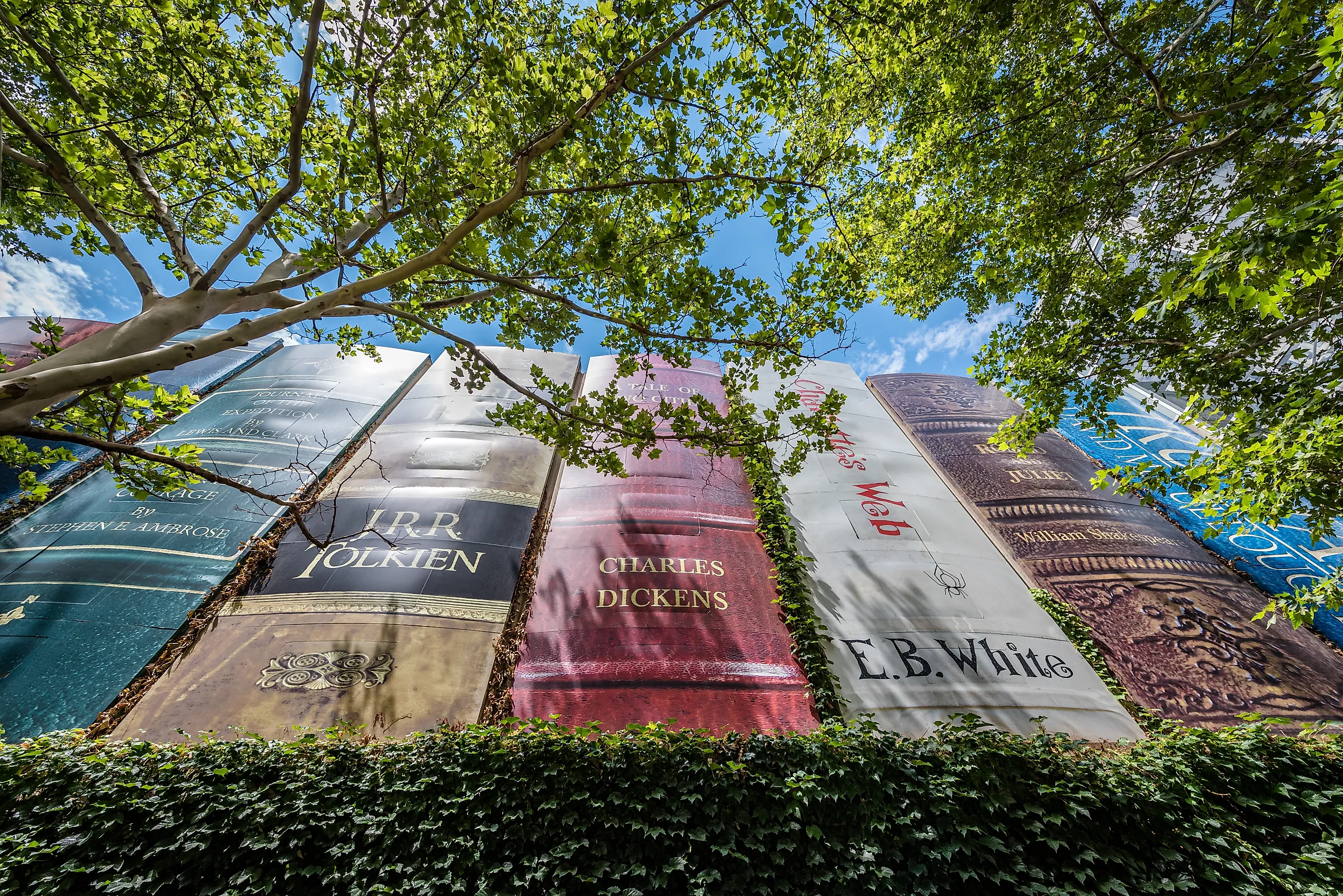
The Most Iconic Libraries in Missouri
Missouri is filled with libraries that are more than just places to borrow books. Many of them are historic landmarks that tell the story of the state’s growth and community life. From marble staircases and stained-glass windows to sleek modern spaces with open, light-filled rooms, these libraries show the wide range of architecture and design found in Missouri. Some were built with Carnegie funding in the early 1900s, while others rose from modern needs like technology labs and large community spaces.
Each library has something that makes it stand out, whether it is rare manuscripts, genealogy archives, or bold public art. This list highlights some of the most iconic libraries in Missouri. They are spread across cities large and small, giving visitors and residents a chance to step inside history, learn something new, or simply enjoy a space that has been built for knowledge and community.
St. Louis Public Library
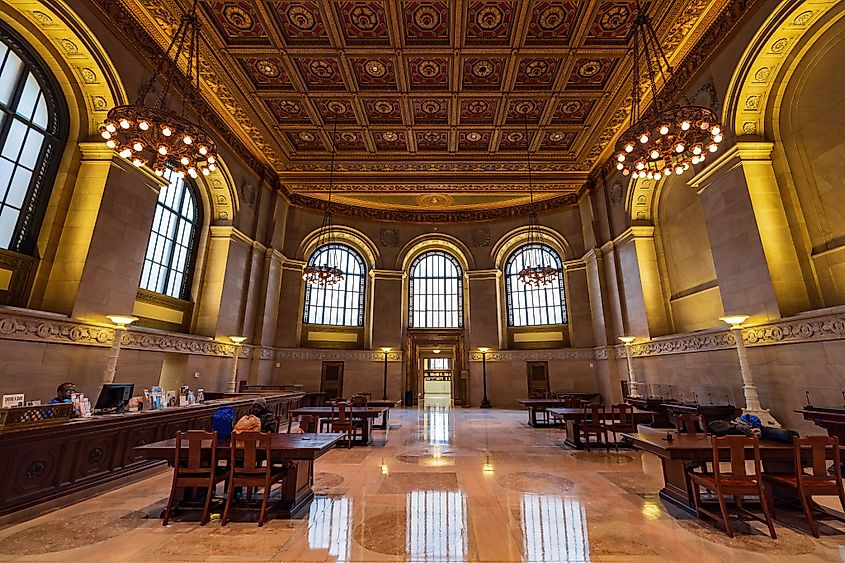
The St. Louis Public Library began in 1865 as the Public School Library Society, a subscription library limited to paying members. In 1874, it opened for public use, and in 1893, voters approved a tax-supported system, making it free for all residents. Central Library, designed in 1912 by Cass Gilbert, is a Beaux-Arts masterpiece with a lavish Great Hall, restored murals, and glass floors. By 1938, the collection reached 900,000 items. Today, the system includes Central Library and 14 branches, housing more than four million items and welcoming over 1.2 million visitors each year. The library is within walking distance of the Campbell House Museum and the interactive Escape the Room, both of which contribute to downtown St. Louis’s cultural mix.
Kansas City Public Library
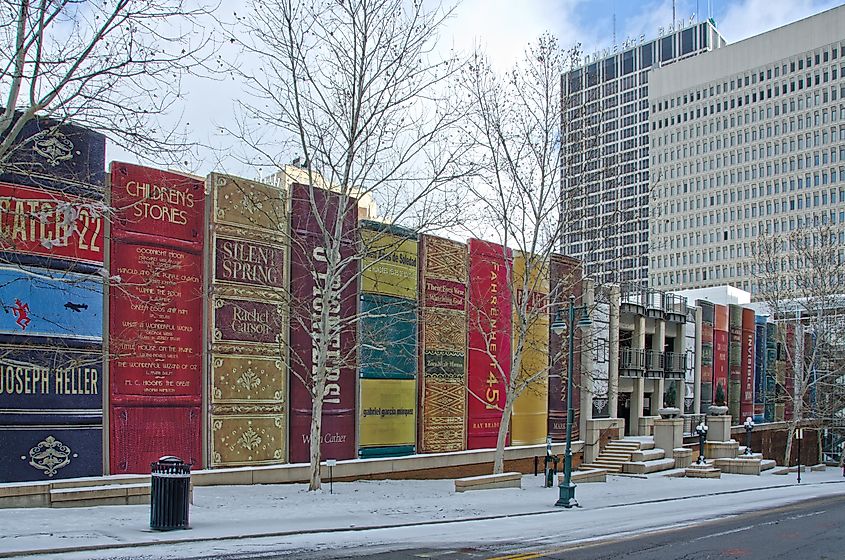
Built in 1873, the Kansas City Public Library grew during a period of rebuilding after the Civil War. Carrie Westlake Whitney, head librarian from 1881 to 1910, transformed the system by expanding services, promoting literacy, and creating one of the nation’s first children’s reading rooms. Under her leadership, the library grew to nearly 100,000 books and even hosted early art and science collections. In 2004, the Central Library moved into the restored 1906 First National Bank building, where it remains today. The library continues to reflect Kansas City’s dedication to education, culture, and community, while preserving its long and influential history. A short walk from the library leads to the Arabia Steamboat Museum and the Kansas City Convention Center, highlighting the city’s blend of history and innovation.
Olin Library, Washington University in St. Louis
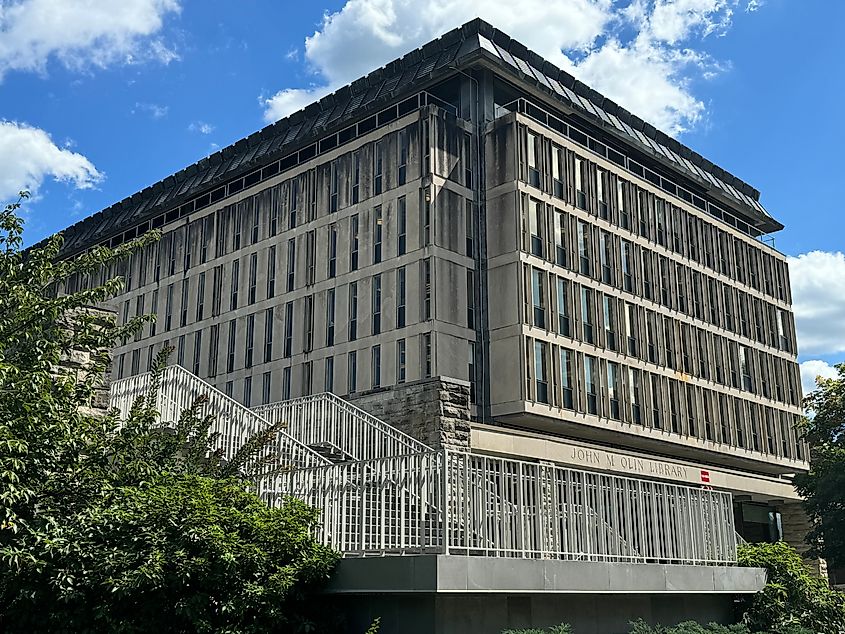
The history of Washington University’s main library goes back to the late 1800s. Former State Senator Stephen Ridgley donated $76,000 to build a fireproof library, and construction began in 1900. The building, called Ridgley Library, was finished in time for the 1904 World’s Fair. Construction on Olin Library began in 1960, and it opened in 1962, replacing Ridgley as the central library. It was renovated and expanded in the early 2000s, reopening in 2004 with new study areas, computer labs, and exhibition spaces. Today, Olin Library houses rare manuscripts, literary collections, and modern research spaces like the Data and Visual Exploration lab. The Mildred Lane Kemper Art Museum and the university’s South 40 Clocktower sit within walking distance, reflecting the campus’s focus on art and architecture.
University of Missouri Libraries, Ellis Library
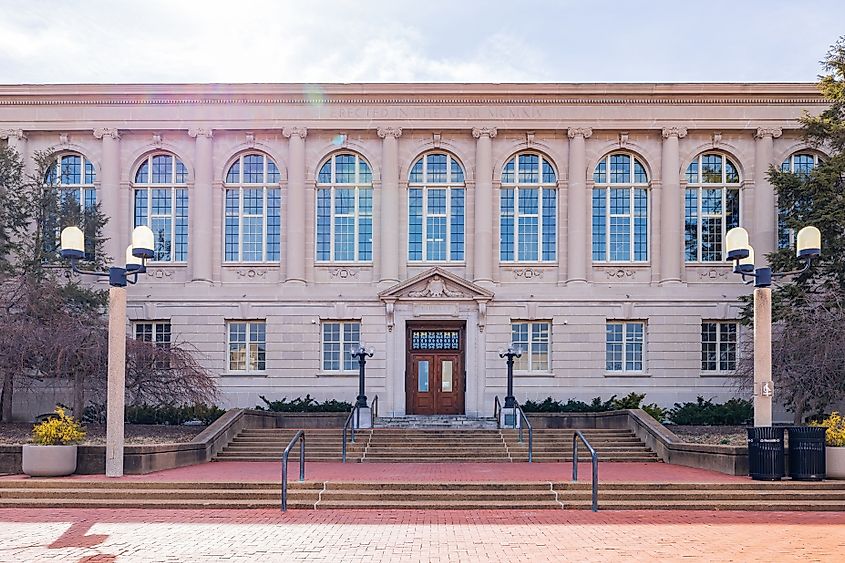
The University of Missouri’s Ellis Library is the main library on the Columbia campus and has been the heart of academic life since it opened in 1915. In 1972, it was renamed in honor of former university president Elmer Ellis. Located on Lowry Mall, the library holds more than three million volumes and serves as the central research hub for the humanities, social sciences, and basic sciences. One of its highlights is the Special Collections department, which preserves rare books, manuscripts, and historic maps that draw researchers from around the world. The library anchors the campus near the David R. Francis Quadrangle and Peace Park, both central to the university’s historic core.
Springfield-Greene County Library, The Library Center
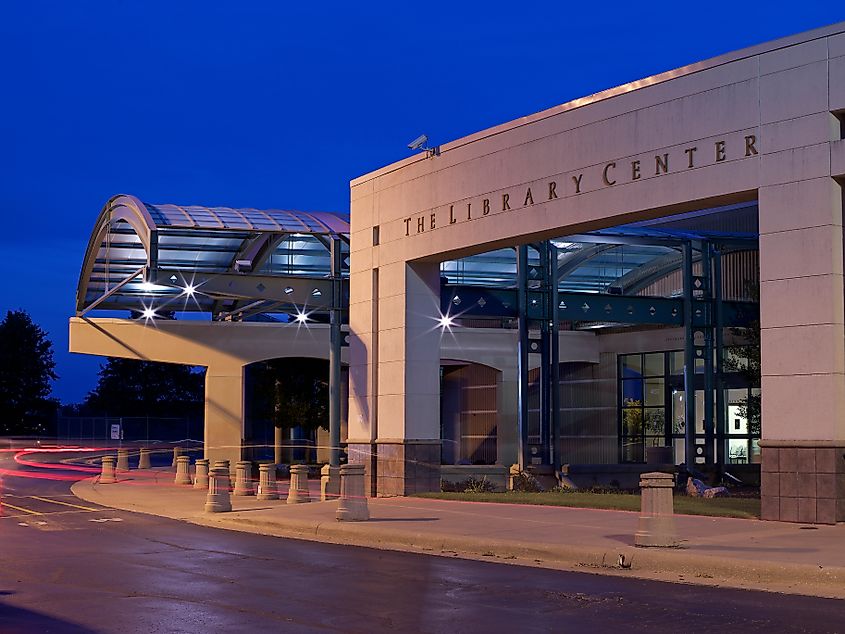
Opened in 1999, The Library Center in Springfield is the main hub of the Greene County Library District. This 82,000-square-foot building includes extensive print and electronic resources, with strengths in genealogy, business, and local history. It features a 150-seat auditorium, glass-walled reading spaces, an art gallery, and outdoor areas like a patio and story garden. Springfield’s library roots go back to 1905, when Andrew Carnegie funded the city’s first public library. What began with only 700 books has grown to more than 550,000 items, including movies, audiobooks, and toys. Today, circulation reaches nearly 4 million annually, showing its vital role. The Library Center is near Texas Roadhouse, forming part of Springfield’s busy southside corridor and a short drive to the Alamo Drafthouse Cinema.
Joplin Public Library
The Joplin Public Library stands as one of the city’s most important rebuilding projects after the Joplin EF5 tornado destroyed the city on May 22, 2011. With help from a federal grant and EPA funding, the city created a library that would serve not only as a place for books but also as a spark for redevelopment. The building has a modern, light-filled design with art installations and spaces that encourage people to gather. Outside, lawns, reading groves, and pathways connect the library to downtown and nearby neighborhoods. It serves as both a civic anchor and a symbol of resilience. Nearby, the Rise of the Phoenix installation and Route 66 Mural Park mirror Joplin’s spirit of resilience and renewal.
St. Louis Mercantile Library
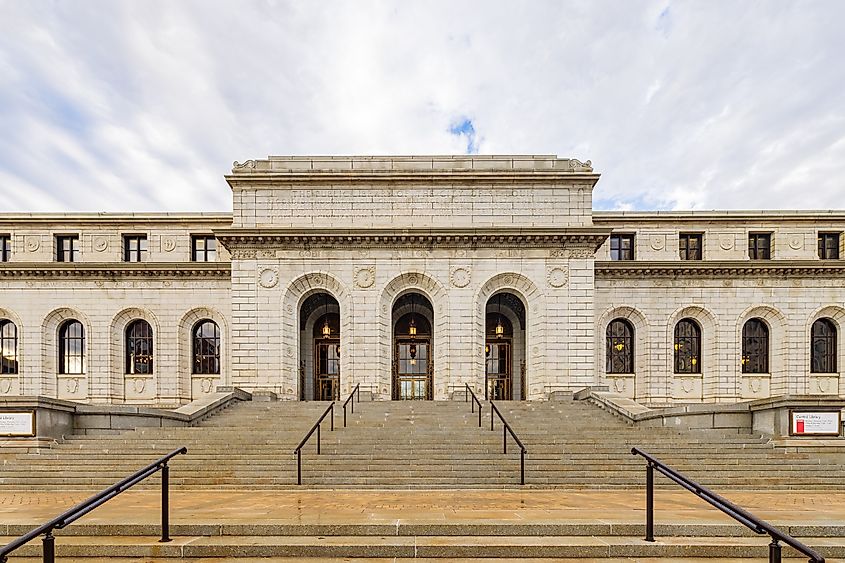
Built in 1846, the St. Louis Mercantile Library is the oldest library in operation west of the Mississippi River. It began as a membership library created by local leaders who wanted the growing frontier city to have access to books, history, and knowledge. Today it continues to serve as a major cultural landmark. The library holds more than 250,000 books and millions of archival materials, including presidential letters, Civil War era records, fur trade documents, and over 100 historic newspaper titles. Its art museum contains works by George Caleb Bingham, Thomas Hart Benton, and other notable American artists. The library shares its University of Missouri-St. Louis campus with the Blanche M. Touhill Performing Arts Center, while Thies Farm & Market operates nearby in Maryland Heights.
Pius XII Memorial Library
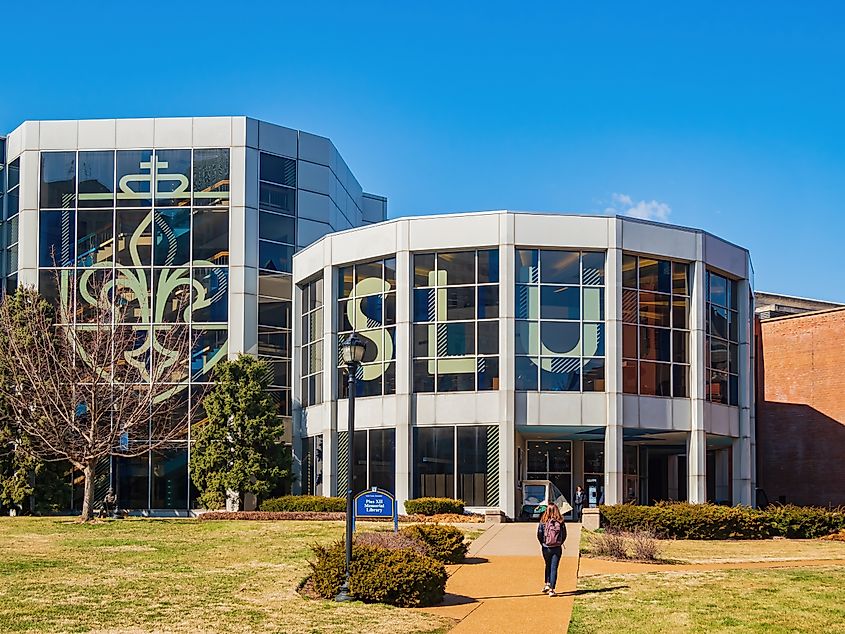
Since 1959, the Pius XII Memorial Library at Saint Louis University has been a hub for students, faculty, and researchers. Covering 215,000 square feet, it serves more than 14,000 people and houses over 1.7 million books, 500,000 e-books, and 30,000 rare volumes. A highlight is the Vatican Film Library, an important resource for Catholic and theological studies. The library is designed to support study and collaboration with 1,600 seats, 48 study rooms, public computers, and laptops available to borrow. Its scale and collections make it both a central academic resource and a welcoming space for the university community. The library is a short walk from the Samuel Cupples House and The Sheldon Concert Hall and Art Galleries, key landmarks of St. Louis University’s Midtown area.
Kirkwood Public Library
The Kirkwood Public Library first opened in 1924 inside Kirkwood City Hall, moving to its own building in 1940 with an addition in 1955. In 1926, it became the first tax-supported library in St. Louis County, marking an important milestone. Beyond books, the library runs a popular “Library of Things,” lending items like tablets, projectors, video gear, Wi-Fi hot spots, board games, and even a Roku for streaming. It also connects with readers through its podcast and virtual author visits, featuring both well-known and local writers. Kirkwood’s library continues to blend tradition with creativity, serving its community in unique ways. In Kirkwood, the library is a short drive from Puzzle Warehouse and The Magic House children’s museum.
The Enduring Legacy of Missouri’s Libraries
Missouri’s libraries are more than just shelves of books. They are community spaces, historic landmarks, and places where learning and creativity come alive. Some date back to the 1800s and carry the history of the towns that built them, while others are modern centers filled with technology, open spaces, and public art. Visiting Missouri’s most iconic libraries is not just about books. It is about experiencing spaces built for learning, community, and discovery.

